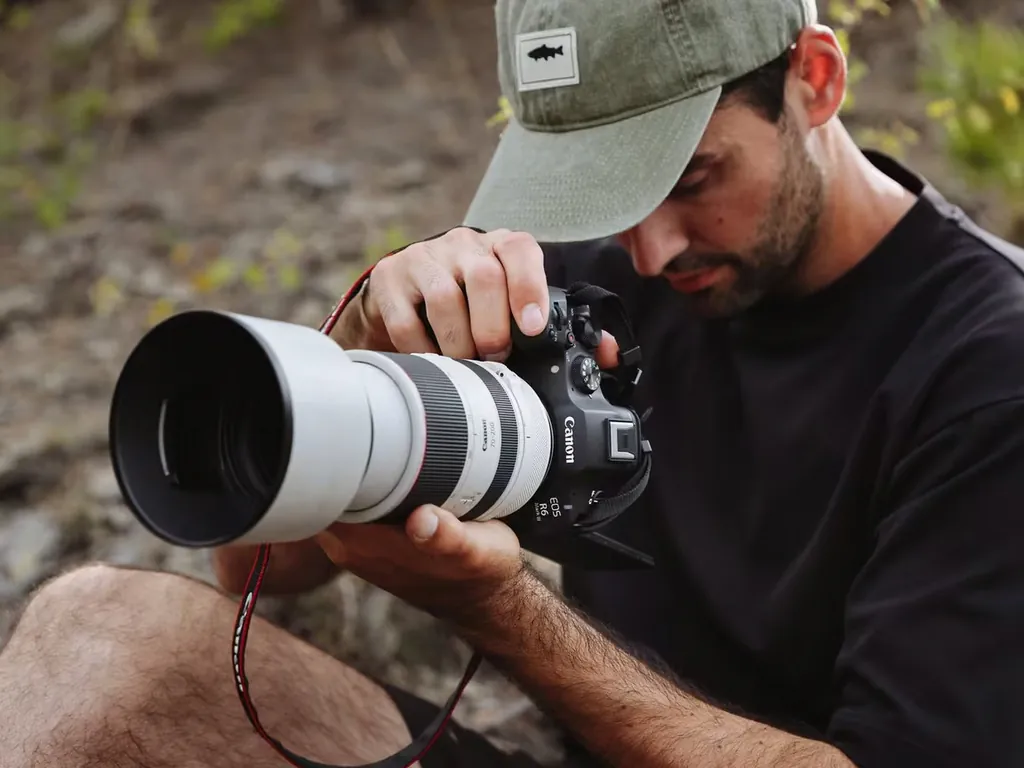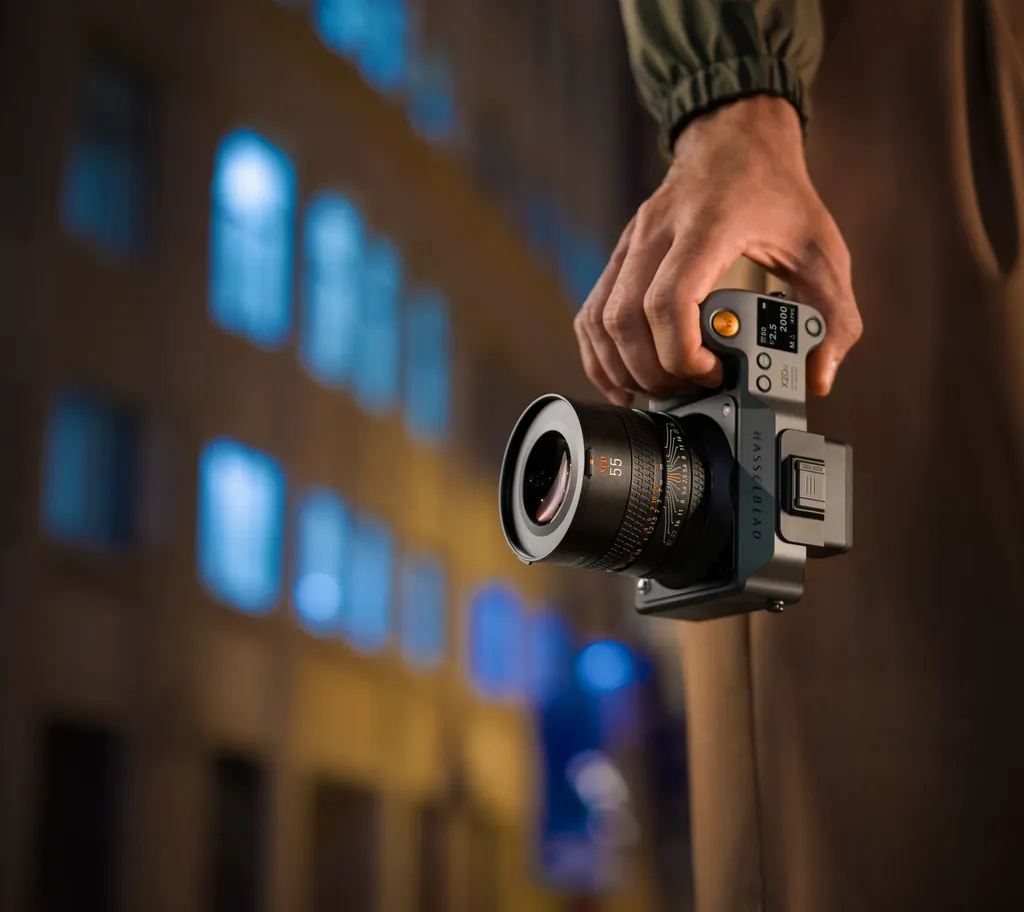The original Nikon Z5 represented fantastic value in the affordable full-frame market, but it had its limitations. Now, with the Z5II, Nikon has taken a completely different approach. This isn’t just a minor refresh—it’s essentially a new camera that shares very little with its predecessor beyond the name. What we have here is essentially the guts of a Nikon ZF in a Z6III-style body, resulting in a seriously capable camera that blurs the lines between entry-level and mid-range offerings.
After extensive testing across various shooting scenarios, it’s clear that Nikon didn’t hold back with this camera. The Z5II offers professional-level features that were previously reserved for higher-end models, creating an incredibly compelling option for photographers looking to enter the full-frame world or add a capable second body to their kit.

Design and Handling
The Z5II feels more substantial than you might expect from an entry-level full-frame camera. At approximately 700g with battery and card, it has a reassuring heft that suggests quality construction. The body features weather-sealing on par with the Z6III, providing confidence when shooting in less-than-ideal conditions.
Ergonomically, the Z5II is a significant improvement over the original Z5, featuring a deeper grip that provides better stability with larger lenses. The button layout resembles the Z6III, making for an intuitive experience if you’re already familiar with Nikon’s recent cameras. There’s no top LCD display, but as one reviewer noted, “top LCDs are useless and meaningless at this point because we have so many other ways to view information.”
A standout addition is the dedicated Picture Control button on top of the camera, allowing quick access to different color profiles. You can customize this button if you prefer, but having one-touch access to creative looks is a nice touch that streamlines the shooting experience.
The Z5II also gains a fully articulating vari-angle touchscreen, replacing the tilt-only screen from the original Z5. This 3.2-inch, 2.1 million dot display provides 170° viewing angles and makes shooting from creative perspectives much easier. It’s particularly useful for video work and self-portraits.
The electronic viewfinder is another substantial upgrade. The 3.69 million dot OLED EVF now reaches a maximum brightness of 3000 nits—three times brighter than the Z5’s EVF—making it much easier to compose in bright conditions. With 18 levels of brightness adjustment and a 60fps refresh rate, the viewing experience is smooth and natural.
A significant practical improvement is the inclusion of dual UHS-II SD card slots. As one reviewer mentioned, “most entry-level cameras leave this out,” but it’s a crucial feature for professional work where redundancy may be necessary. Having this feature at this price point is a pleasant surprise that makes the Z5II viable for more serious applications like weddings or events.

Image Quality and Performance
At the heart of the Z5II is a 24.5MP backside-illuminated sensor paired with Nikon’s latest EXPEED 7 processor. This is essentially the same sensor found in the Nikon ZF and Z6II, which is known for excellent image quality. While it’s not the newest sensor on the market (as one reviewer noted, “it’s about 5 years old now”), sensor technology advancements have mainly been in readout speeds rather than image quality.
The images produced by the Z5II are outstanding. Colors are rich and accurate, with Nikon’s characteristic pleasing skin tones. Dynamic range is impressive, allowing good recovery of shadow and highlight details. ISO performance is also excellent, with clean images up to ISO 6400 and usable results beyond that. As one reviewer mentioned, “around 4000-5000 ISO looks pretty usable; after that, noise reduction starts affecting image quality.”
The autofocus system represents one of the biggest upgrades from the original Z5. Nikon claims it’s 68% faster, and our testing confirms substantial improvements. The Z5II inherits the focusing algorithms from higher-end models like the Z8 and Z9, including their subject detection capabilities. It can detect people, animals, birds, vehicles, and airplanes, adapting to different shooting scenarios with ease.
Low-light focusing is particularly impressive, with the ability to focus down to -10 EV. In practical terms, this means the camera can find focus in near darkness, which is a game-changer for event photographers or anyone shooting in challenging lighting conditions.
Focus accuracy is generally excellent, especially when using eye detection for portraits. As one reviewer noted, “the ratio from this photoshoot was very high, which is impressive considering I was using an open aperture.” Even when shooting at f/1.2 or f/1.8, the majority of images had tack-sharp focus on the eyes.
The Z5II offers substantial improvements in shooting speed over its predecessor. While the Z5 was limited to a modest 4.5 fps, the Z5II can shoot at up to 11 fps with continuous autofocus when using the mechanical shutter and RAW files. If you’re willing to shoot JPEGs, this increases to 14 fps. For situations requiring even more speed, the electronic shutter modes can reach 15 fps (C15) or even 30 fps (C30).
Buffer performance is impressive for a camera in this class. In testing with lossless compressed RAW files, the camera could capture around 200 frames before hitting any limits, and even then it only slowed to about 9 fps—still fast enough for most action scenarios. As one reviewer put it, “in a lot of portrait situations and weddings, this will be great. You won’t feel limited by the buffer.”
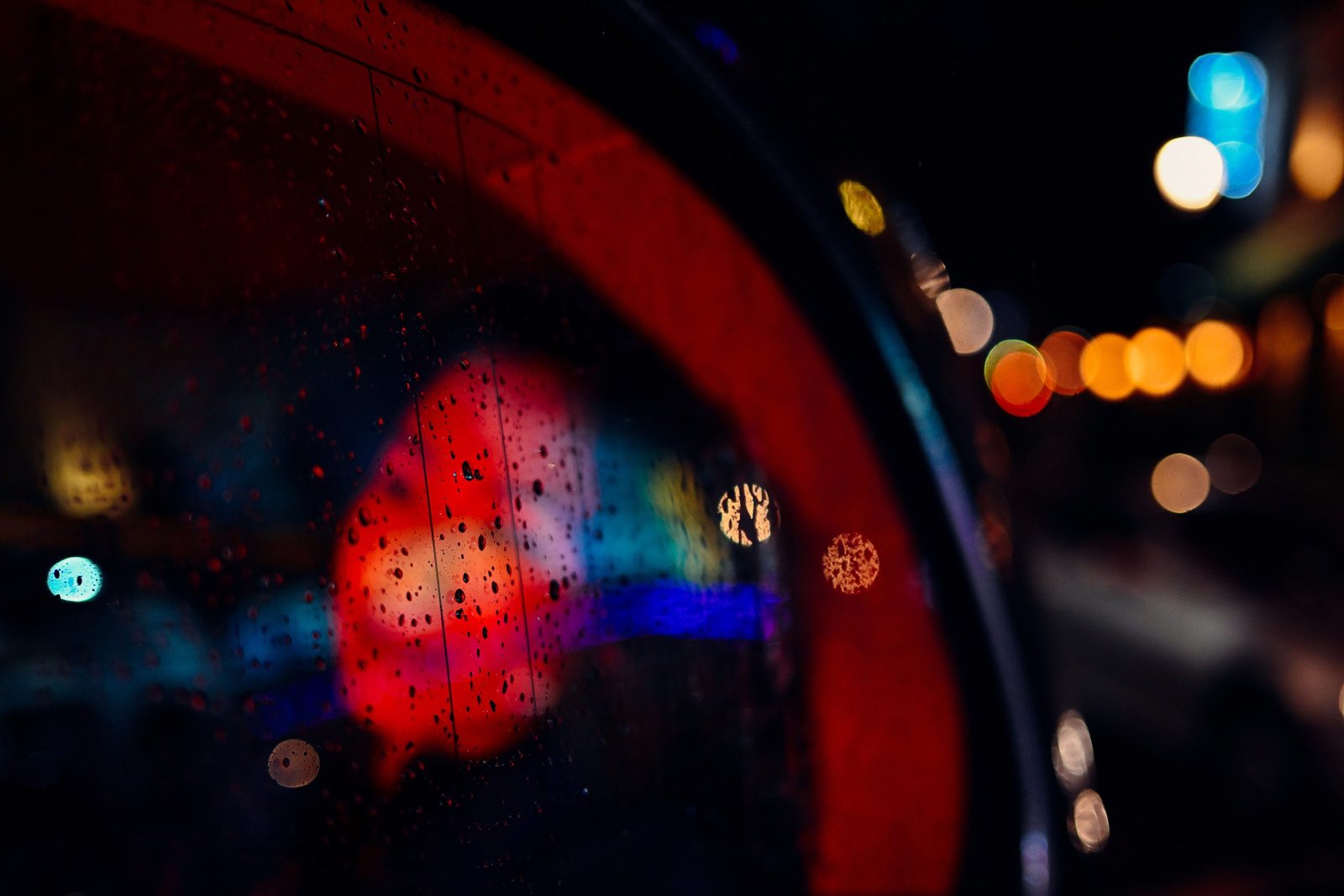
Image Stabilization
Another area where the Z5II shines is its in-body image stabilization system. The camera offers up to 7.5 stops of stabilization at the center of the frame and 6.0 stops at the periphery, a significant improvement over the 5-stop system in the original Z5.
A new feature called Focus Point VR is particularly innovative. This technology adjusts the IBIS stability based on where your focusing point is located. As one reviewer explained, “this is really nice if your subject’s more off to the side of the frame or in one of the corners… you’re still going to get the ideal stability for the subject.”
This powerful stabilization system also benefits adapted lenses. When using F-mount lenses via an adapter, you still get the full advantage of the camera’s IBIS—a significant benefit for those with existing Nikon glass or vintage manual focus lenses.
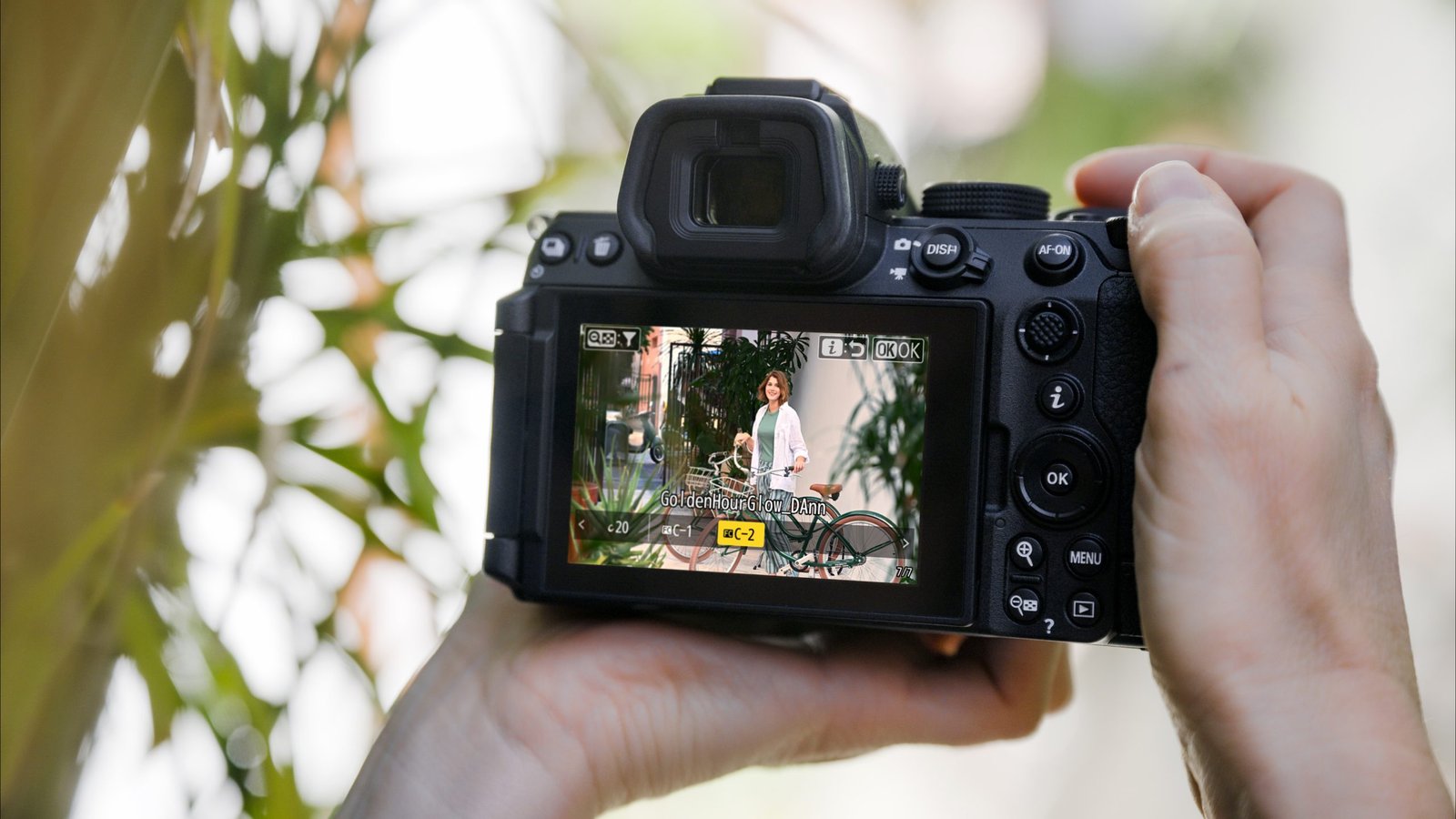
Video Capabilities
Video is an area where the original Z5 was notably compromised, with a heavy 1.7x crop in 4K mode. The Z5II completely resolves this limitation, offering full-width 4K recording up to 30p and 4K/60p with a 1.5x (DX) crop.
The video quality is excellent, with sharp, detailed footage that benefits from the camera’s effective autofocus system. The Z5II supports 10-bit recording with N-Log for those who want to color grade their footage, and there’s even the option to record N-RAW video directly to the SD card—a feature normally reserved for higher-end cameras.
As one reviewer noted, “I’m surprised to see they have included N-RAW. I’m not sure it’s entirely needed for a camera like this, but I guess it’s nice they added it in.” It’s certainly a feature that adds future-proofing and flexibility for more serious video creators.
The stabilization system works well for handheld video, though it’s not quite as effective as some competitors specifically designed for vlogging. Still, with the combination of IBIS and electronic stabilization, you can achieve very smooth footage, especially when paired with stabilized lenses.
The fully articulating screen makes self-recording much easier than with the previous model, and the inclusion of both microphone and headphone jacks ensures you can capture and monitor quality audio. Overall, the Z5II is now a legitimate hybrid camera rather than a stills camera with video as an afterthought.

Special Features and Extras
The Z5II includes several features that enhance its versatility:
The new Picture Control button provides quick access to different color profiles, allowing you to preview and switch between looks in real-time. You can also download additional “Imaging Recipes” from Nikon’s cloud service or create your own in Nikon’s NX Studio software.
Speaking of cloud connectivity, the Z5II supports Nikon’s Imaging Cloud service for automatic image backup and easy firmware updates. This integration makes managing your images and keeping your camera current more seamless than ever.
The Z5II also includes Nikon’s pixel-shift high-resolution mode, which can combine multiple images to create files with significantly higher resolution and detail. By taking a total of 32 pictures and combining them, you can produce a 96-megapixel file, which is ideal for landscape, product, or architectural photography where maximum detail is required.
For portrait photographers, built-in features like Skin Softening and Portrait Impression Balance provide useful tools for enhancing subjects without extensive post-processing.
The camera also offers Pre-Release Capture, which can record images from up to 1 second before the shutter button is fully pressed—a feature that was once exclusive to flagship models but is now accessible in this more affordable camera.
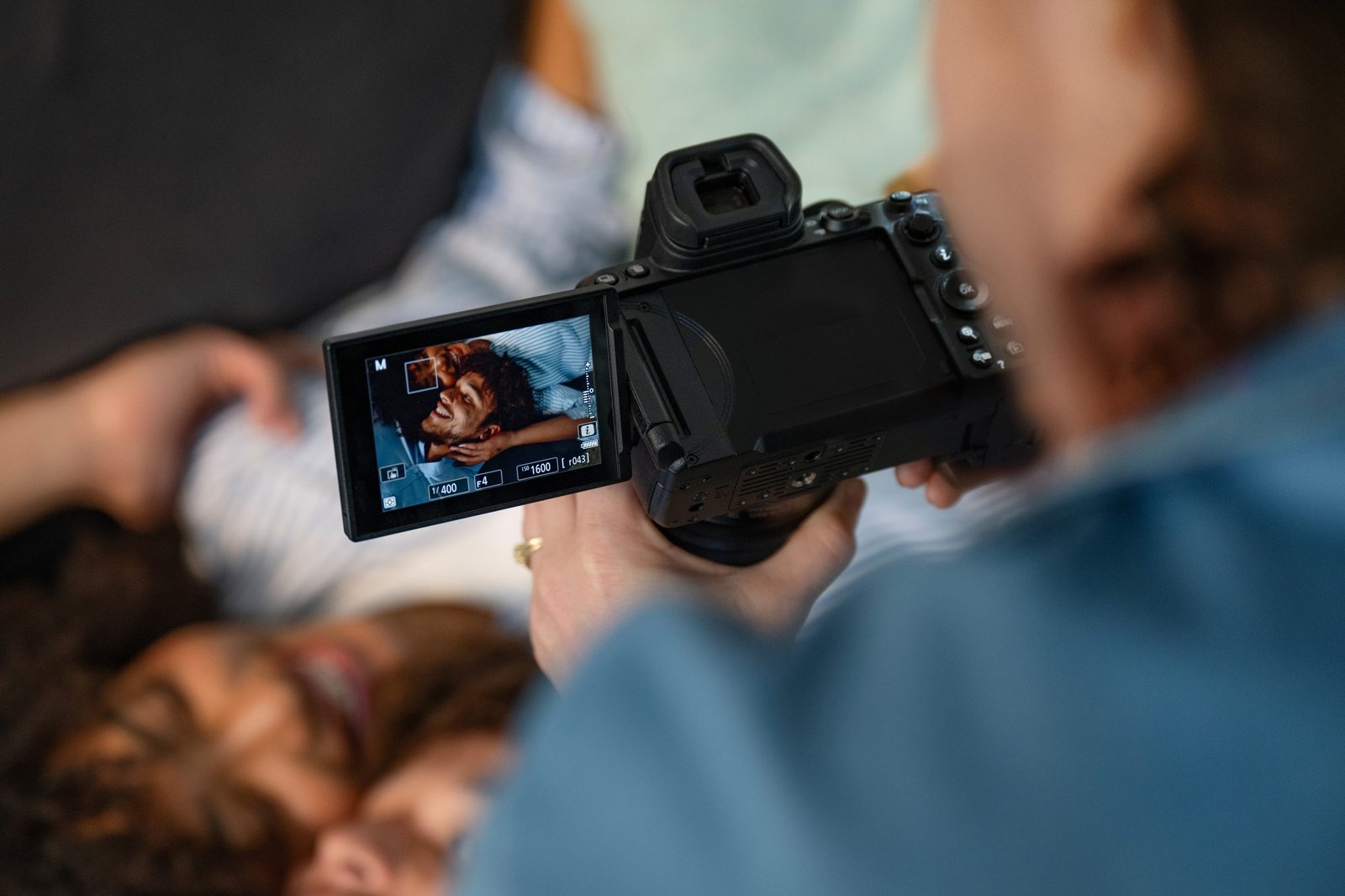
Comparisons and Value Proposition
When comparing the Z5II to its peers, it offers an impressive feature set for its price point. Against the Canon R8, which lacks IBIS and dual card slots, the Z5II provides substantially more features and capabilities. As one reviewer put it, “it absolutely destroys the Canon R8 if you’re looking for a capable video camera.”
Compared to the Panasonic S5II, which is similarly priced, the Nikon offers better autofocus performance, particularly for tracking fast-moving subjects, though the Panasonic may have an edge in video-centric features and stabilization.
Within Nikon’s own lineup, the Z5II essentially makes the Z6II obsolete, offering similar or better performance in most areas. The Z6III, with its partially stacked sensor, still maintains advantages for video work and situations where minimal rolling shutter is critical, but at a significant premium.
As one reviewer succinctly put it, “is this camera more like a Z5 II or like a Z6III? And the answer is clearly it’s very similar to a Z6III. I think Nikon did a great job of packing the right features and keeping out certain features that maybe save some money.”
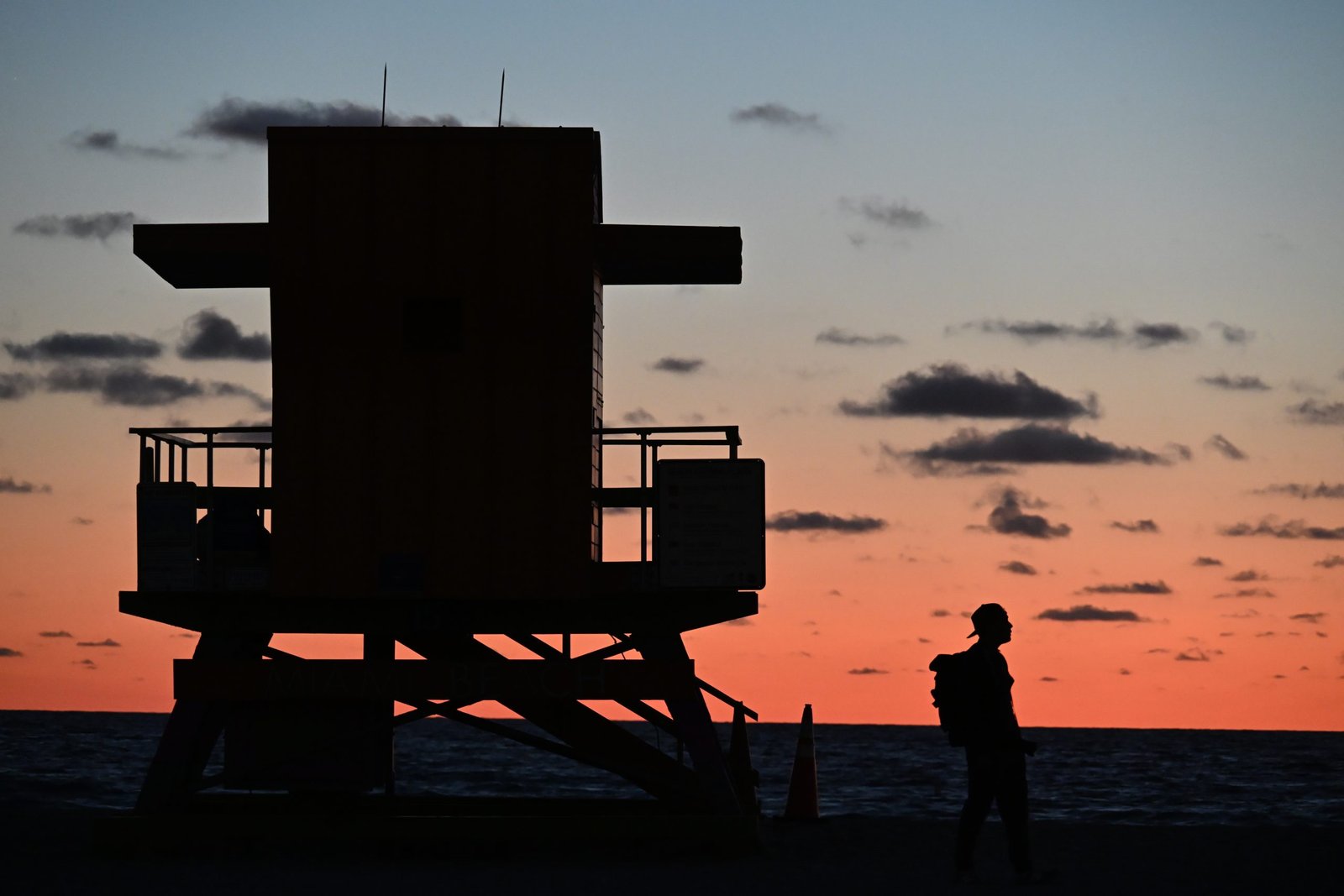
Limitations
Despite its many strengths, the Z5II does have some limitations worth noting:
The sensor, while excellent, is not stacked, which means it can suffer from rolling shutter effects when using the electronic shutter. Fast-moving subjects may appear distorted in these modes, something to be aware of when shooting sports or action.
While the autofocus system is very good, it doesn’t quite match the performance of Nikon’s flagship Z8 and Z9 cameras. Some reviewers noted occasional challenges with subjects turning to profile views or very fast movements.
The video feature set, while impressive, doesn’t include some higher-end capabilities like 6K recording or internal ProRes that you’ll find on more expensive models.
Some reviewers noted the lack of a digital hot shoe, which is becoming more common on competitors’ cameras and would be particularly useful for video creators wanting to use digital microphones without additional cables.
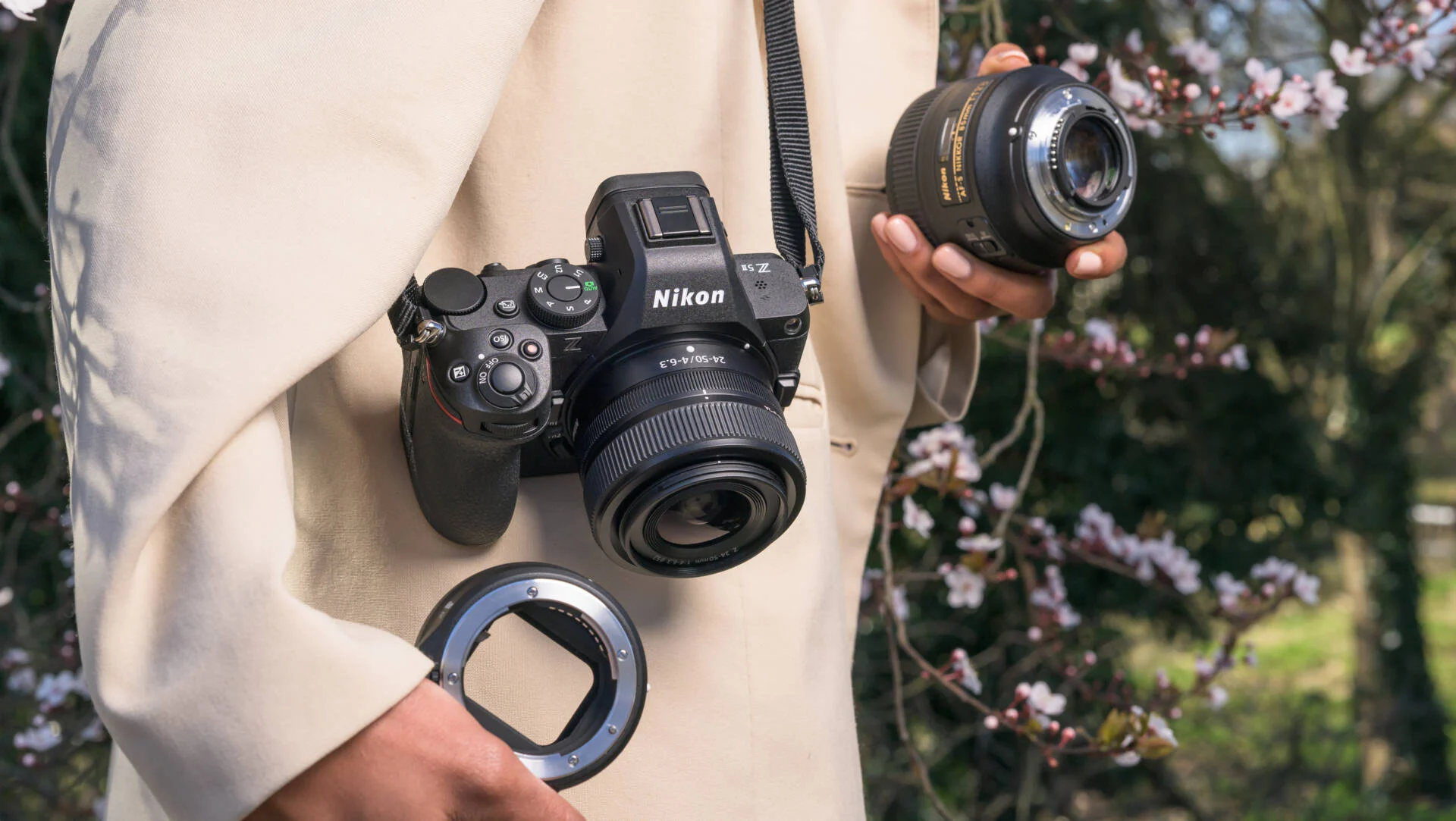
Conclusion
The Nikon Z5II represents a significant evolution in the entry-level full-frame market. Rather than offering a stripped-down experience, Nikon has created a camera that borrows heavily from its professional models while maintaining an accessible price point. As one reviewer eloquently stated, “This is really nothing to do with a Nikon Z5. This is closer really for me more to a Nikon Z6 body.”
With its excellent image quality, powerful autofocus system, impressive stabilization, and robust video capabilities, the Z5II is a compelling option for a wide range of photographers and videographers. Whether you’re upgrading from a crop-sensor camera, looking for a capable backup body, or entering the full-frame world for the first time, the Z5II offers exceptional value and room to grow.
As one reviewer summarized, “For the price, this is an outstanding option.” The Z5II proves that you don’t need to spend flagship money to get a camera capable of professional results, and it sets a new standard for what photographers should expect from an entry-level full-frame camera.
Buy The Nikon Z5II
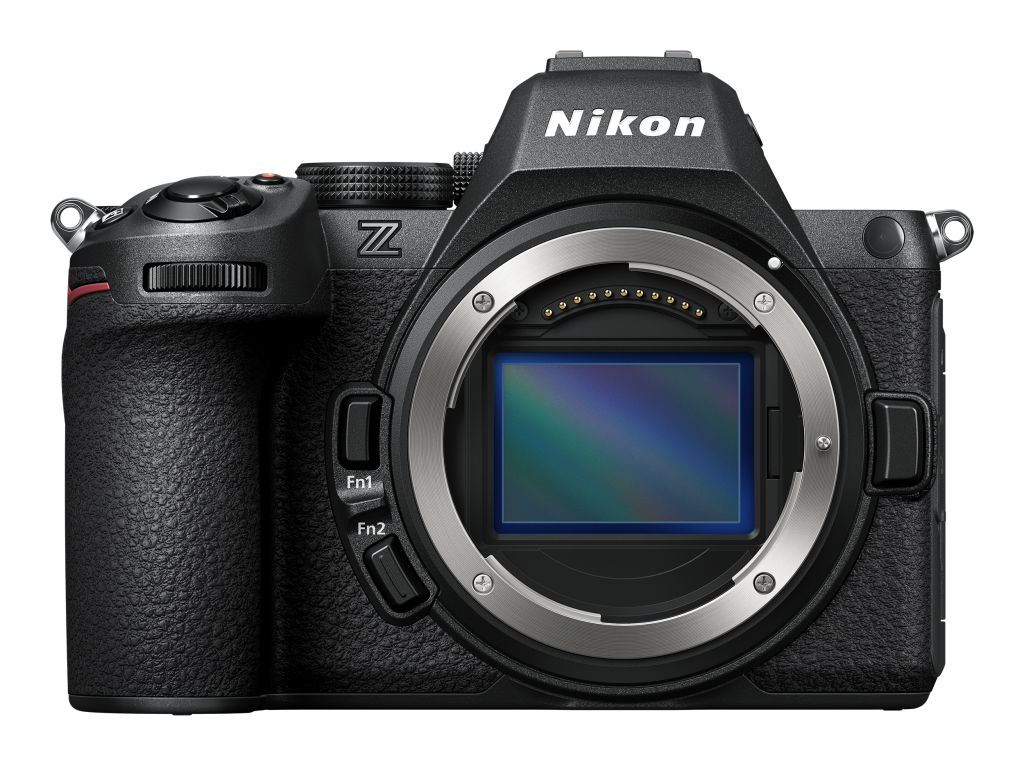
Buy the Nikon Z5II from Campkins Cameras, where expert advice meets competitive pricing on this powerful full-frame mirrorless camera.
